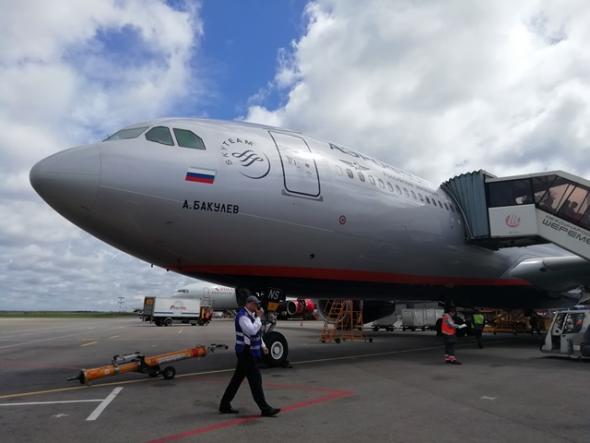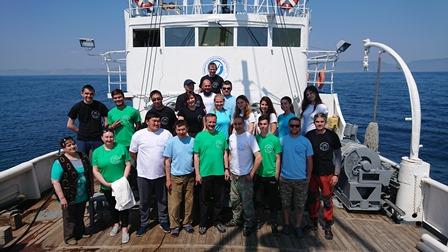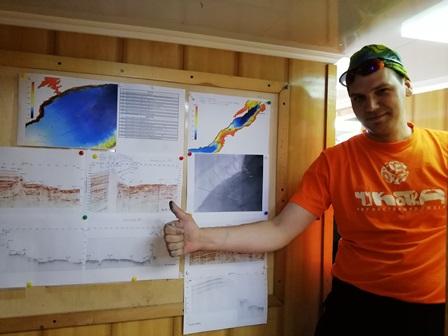10 July. Day 19. Tired but proud
After an early morning (which is usual for us) and an early flight from Irkutsk airport, we are back to Moscow. Our expedition is finally over.

After an early morning (which is usual for us) and an early flight from Irkutsk airport, we are back to Moscow. Our expedition is finally over.

Our last day. We did not sleep much last night and today everybody was awake early to finalize our report. In the afternoon we had a "Preliminary Results Meeting".

Very busy day. We are fighting with time. We are nearly there; we are not giving up. And our persistence is worth to be shown on main Russian TV channel.

We arrived in Listivyanka in the early morning. We started gathering and ordering all the data collected during the expedition. Our aim: compile a preliminary report and focus on the results collected in each one of the study areas.

Today was our last sampling day, so we made a small barbecue and a farewell party on the beach. We deserved that.

* International Smandrappanese World dictionary (1998)
Good bye, Gydratny! Today we completed our last and southernmost profile across this fault.

The day started with a very quiet and sleepy breakfast for everybody. Time to get ready for another sampling day. Today we completed another profile across the Gydratny fault. No obvious anomalous features can be observed on the seismic profile crossing the fault at this locality. Hence this could be considered as a relative “background value” profile for our Gydratny fault database.

We are determined to investigate the area around Novosibirsk MV with multiple profiles. Our profile today is located to the south of the MV. We completed our profile earlier than expected. We are a superfast team!

Our today sampling profile intersected Novosibirsk MV, also located along the Gydratny fault. This new set of cores (10!) complements other numerous stations collected during the previous Class@Baikal expeditions.

In the afternoon we sailed towards Selenga River delta to look for a vigorous seepage site that has been reported to be active relatively close to the coast.
